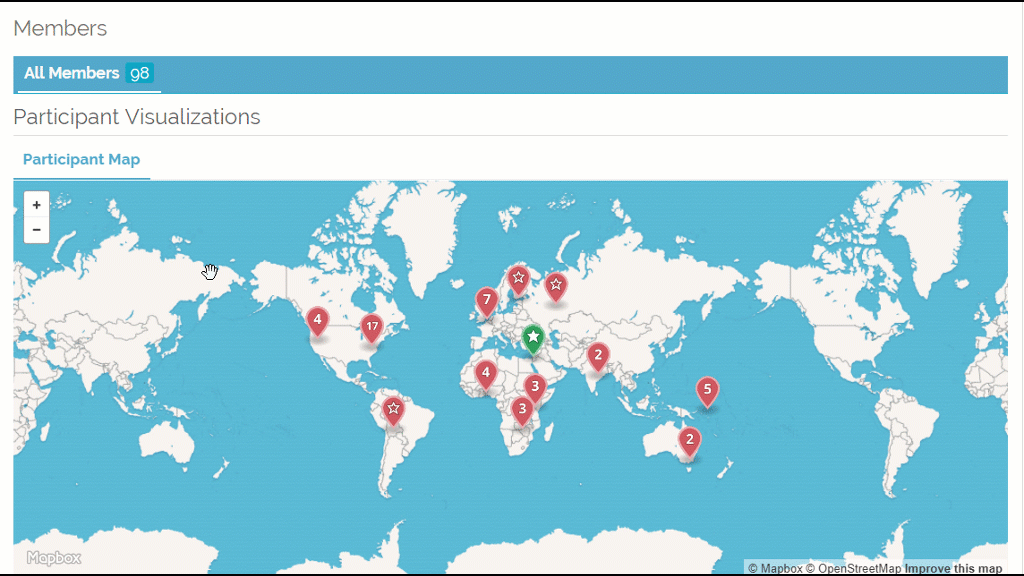When our team partnered with the Digital Impact Alliance (DIAL) to build the animation for the Principles for Digital Development we didn’t just want to explain these nine living guidelines for digital development practitioners, we also wanted to expand the Principles animation into the visual vocabulary of GIFs by creating simple, looping GIFs that could easily be plugged into social media, websites, or any other needs. In particular, we were wowed by how @DIAL_community was able to bring their posts to life and wanted to make sure other organizations could do so.
Instead of starting from scratch, programs look for ways to #adapt and #enhance existing products, resources, and approaches. Reuse and Improve means assessing what resources are available and modifying existing tools https://t.co/lLkL00fckA #digitalprinciples pic.twitter.com/PC2Hj3FHK8
— Digital Impact Alliance (DIAL) (@DIAL_community) March 28, 2018
In addition to making the GIFs below available, we also wanted to someday have them appear in GIF keyboards on Facebook, as well as be easily usable for Instagram and other social media formats. So we uploaded all the GIFs to Giphy in the TechChange Channel, where anyone can update the tags and quickly export / share the GIF for whatever their use case.
Full size GIFs (and link to the Giphy source) below!
Design with the User (https://gph.is/2KmNoQ2)
Understand the Existing Ecosystem (https://gph.is/2Kkm4Sg)
Design for Scale (https://gph.is/2Jy9DRT)
Build for Sustainability (https://gph.is/2HAcpcz)
Be Data Driven (https://gph.is/2KmMLpE)
Use Open Standards, Open Data, Open Source, and Open Innovation (https://gph.is/2FnbvKB)
Reuse and Improve (https://gph.is/2I4djuN)
Address Privacy & Security (https://gph.is/2r4xpx0)
Be Collaborative (https://gph.is/2r4xErU)

